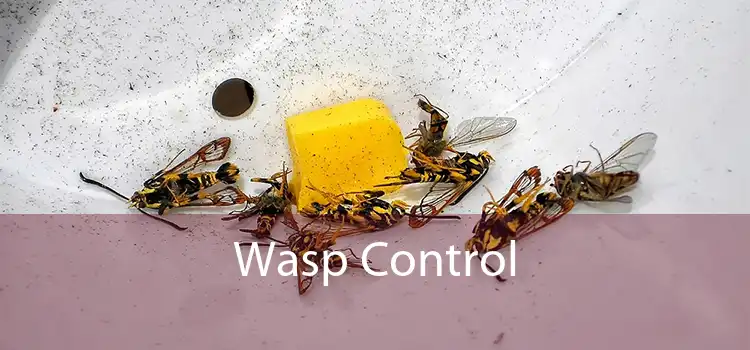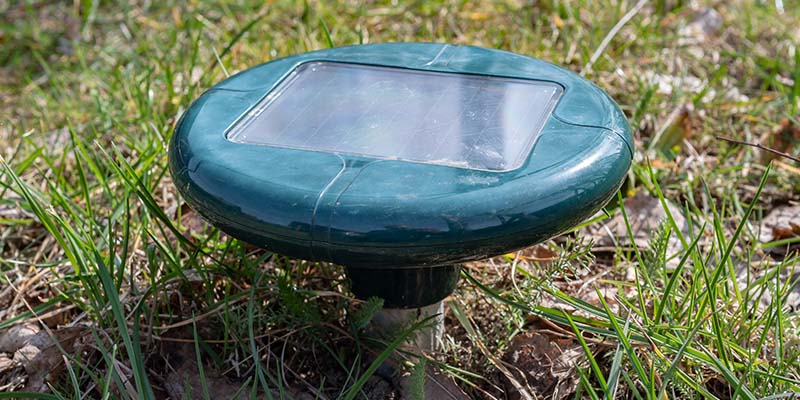
Discovering bats in your attic can be unsettling, but prompt action is essential to prevent property damage and health risks. Bats can carry diseases and create messes with their guano and urine. If you’re dealing with a bat infestation, it’s crucial to handle the situation humanely and effectively. For professional assistance, consider visiting alliancepestservices.com.
In this article, we’ll guide you through the steps to safely remove bats from your attic and prevent future infestations, ensuring your home remains safe and bat-free. Let’s explore the best solutions to this common problem.
Identifying a Bat Infestation
Before you can address the issue, you need to confirm that you have a bat infestation. Look out for the following signs:
- Guano: Bat droppings, also known as guano, can accumulate in your attic or on your roof. Guano resembles small, dark pellets and can stain surfaces.
- Urine Stains: Bat urine can leave yellow or brown stains on walls, ceilings, or insulation.
- Noise: Bats are nocturnal, so you’re more likely to hear them at night. Listen for scratching, squeaking, or fluttering sounds coming from your attic.
- Sightings: If you see bats flying in or out of your home, especially around dusk or dawn, you likely have a bat infestation.
Health Risks Associated with Bats
Bats can carry diseases that pose health risks to humans. Some of these diseases include:
- Rabies: Bats can transmit rabies through bites or scratches.
- Histoplasmosis: Guano can harbor Histoplasma spores, which can cause respiratory issues when inhaled.
Removing Bats from Your Attic
When removing bats from your attic, it’s crucial to prioritize humane methods. Here’s a step-by-step guide:
- Identify Entry Points: Determine how bats are entering your attic. Look for gaps around vents, chimneys, or roof eaves.
- Install Exclusion Devices: Use bat valves or netting to allow bats to leave but not re-enter. Install these devices over entry points.
- Seal Entry Points: Once bats have been excluded, seal all entry points to prevent re-infestation.
- Clean Up Guano: Wear protective gear, including gloves and a mask, when cleaning up guano. Use a disinfectant solution to reduce the risk of histoplasmosis.
Preventing Future Infestations
To prevent bats from taking up residence in your attic again:
- Regular Inspections: Regularly inspect your roof and attic for signs of bats.
- Seal All Entry Points: Ensure all potential entry points are sealed, including vents, chimneys, and roof gaps.
- Install Bat Houses: Consider installing bat houses in your yard to provide an alternative roosting site for bats.
Professional Assistance For Bat Control
Professional bat control services provide:
- Humane bat removal: Safely and effectively removing bats from your property.
- Bat exclusion: Installing exclusion devices to prevent bats from re-entering your home.
- Guano cleanup: Safely cleaning up bat droppings and disinfecting affected areas.
- Entry point sealing: Identifying and sealing all entry points to prevent future infestations.
- Inspection and monitoring: Conducting thorough inspections to identify bat activity and monitoring to ensure infestations are eliminated.
- Prevention strategies: Guiding on preventing future bat infestations and recommending measures to bat-proof your home.
- Health and safety protocols: Following strict health and safety protocols to minimize risks associated with bat infestations.
Final Thought
Bats in the attic can pose health risks and property damage. To address an infestation, identify entry points, install exclusion devices, and seal gaps. Clean up guano safely and consider professional assistance for effective removal and prevention. By taking prompt action and using humane methods, you can safely remove bats and prevent future infestations, protecting your home and health. Effective bat control requires attention to detail and a proactive approach.




